[Newsmaker] Colonial-era place of torture now monument to sacrifice
Seodaemun Prison History Hall highlights what Korean independence fighters went through under Japanese occupation
By Yoon Min-sikPublished : Feb. 28, 2023 - 16:10
Tiny was hardly even the word for it.
The solitary confinement inside the buildings of Seodaemun Jail was barely wide enough for an average-sized man to enter, and would have been just long enough for one to lie down. On one side of the windowless cell was a small hole, which turned out to be possibly among the most depraved versions of a toilet.
Built in 1908 near the end of the Joseon era, this notorious jail was a place where many Korean independence fighters were locked up, tortured and executed during Japan’s colonization of the Korean Peninsula. So too were pro-democracy fighters and dissidents under dictatorial junta governments in the earlier stages of South Korea.
In 1987, the facility stopped functioning as a prison and most of the buildings were torn down, except for a few including prison buildings, the main office buildings, and the execuution chambers.
Now called Seodaemun Prison History Hall, it is among the most popular dark tourist attractions in Seoul.
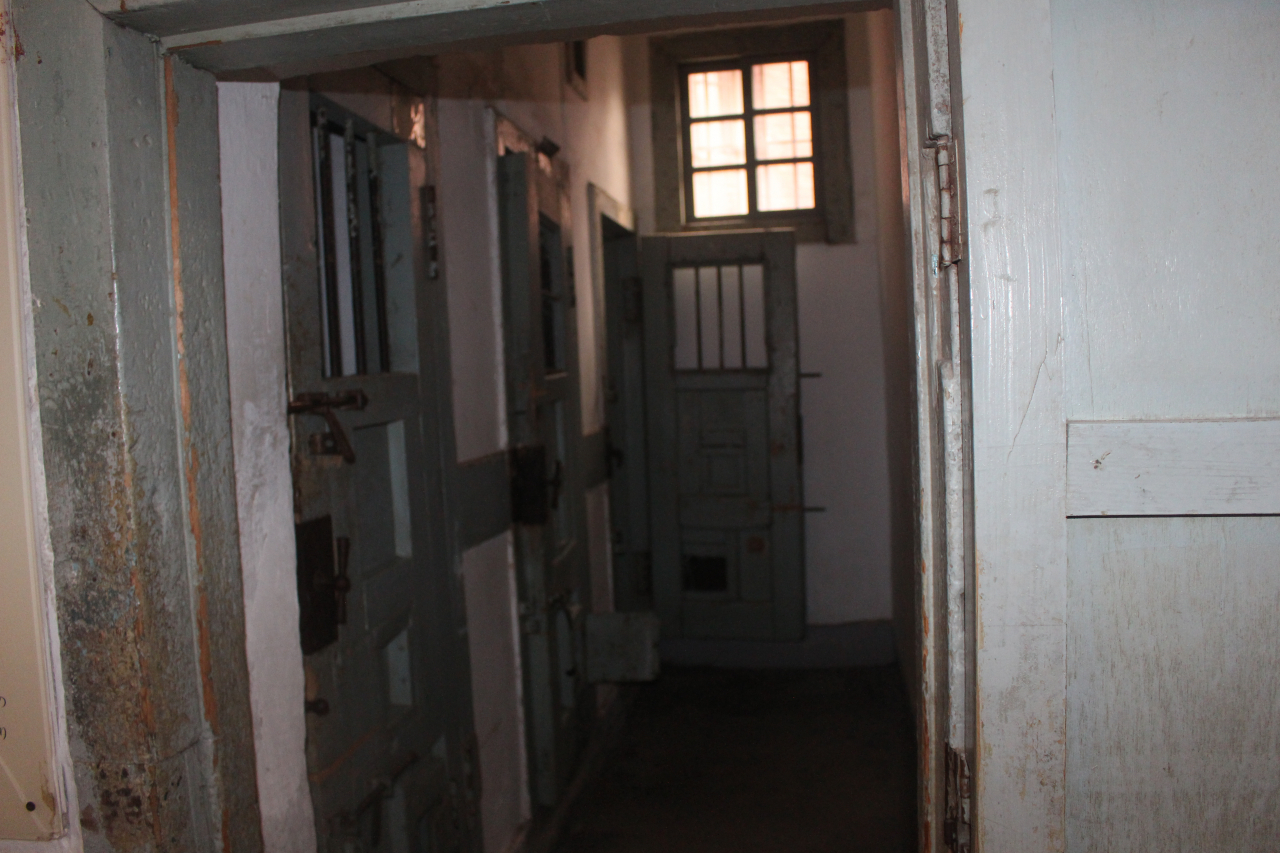
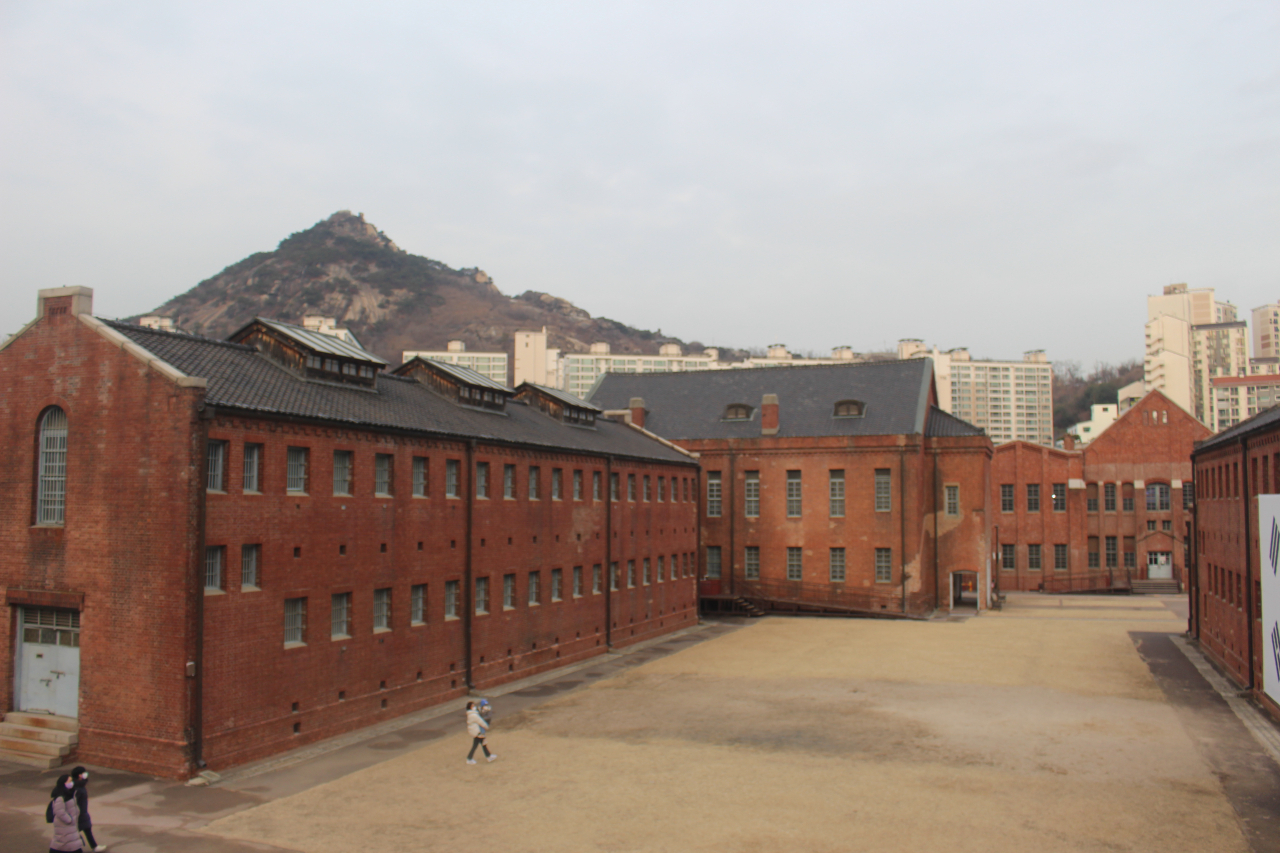
Inside the eerie cells
The current exhibition, introduced in 2011, sheds light on the prison’s history, with a great emphasis on the Japanese colonial era.
The previous exhibit had been much darker, particularly in terms of its depiction of the grotesque methods of torture.
That does not mean a stroll through the exhibition today would be a joyride, as it does still depict the process of torture through dummies and props.
The tour begins with the exhibition hall at the former administration and security office located right beside the entrance.
Discretion is advised when visiting the torture section with young children. Included in the exhibition are models of torture devices used on inmates. Techniques range from waterboarding to removing one’s fingernails.
Among the most memorable features of the exhibit in the torture section is video footage showing testimonies from colonial-era freedom fighters who were actually tortured.
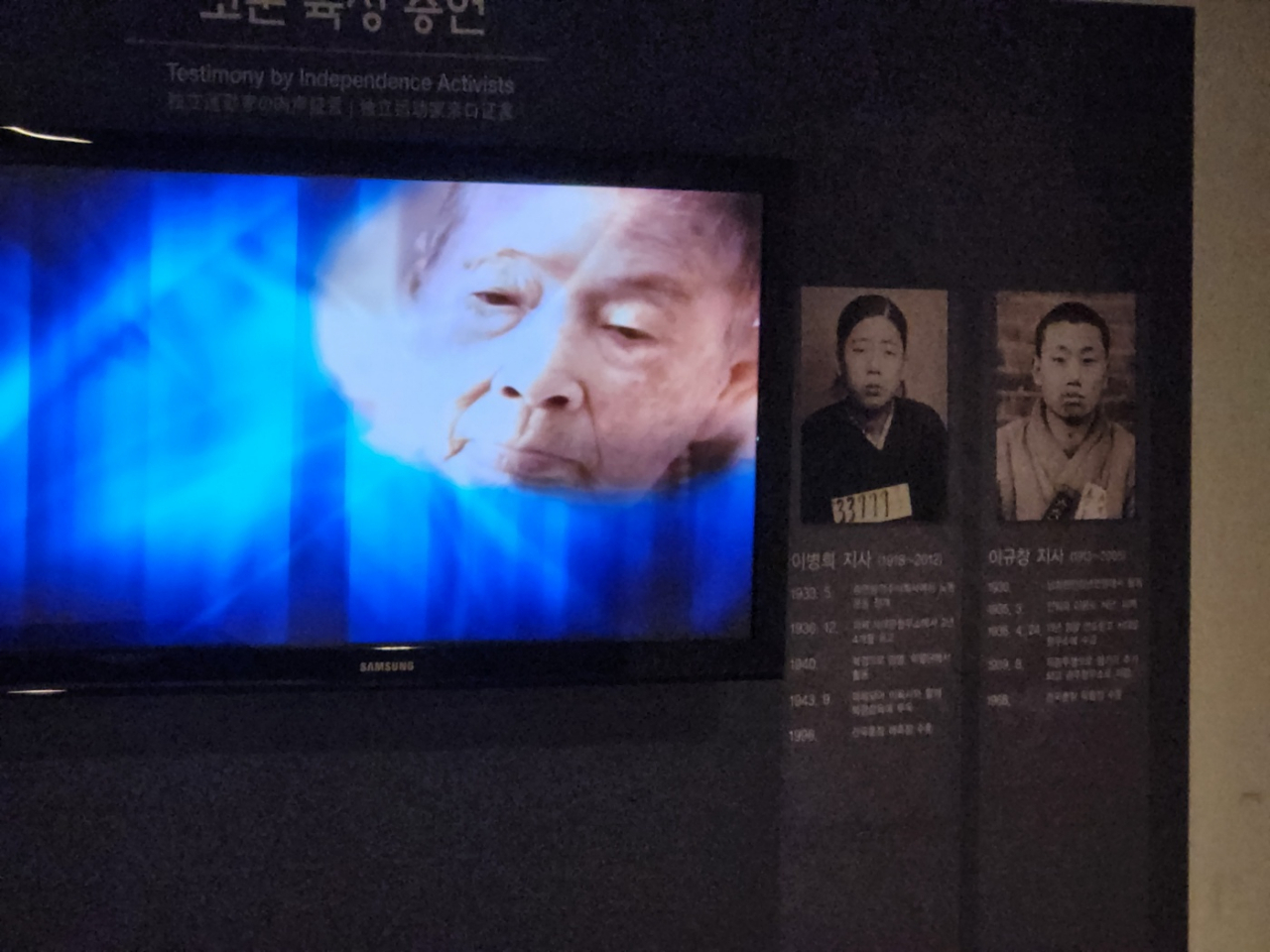
“Back then, Japanese would follow me around day and night. ... They would whack me and beat me up,” says the late Lee Kyu-chang in a video, showing his disfigured mouth, maimed fingers and feet that still had traces of severe frostbite from his days behind bars.
Lee was an activist whose battle for the freedom of Korea landed him in the prison back in 1936. He was awarded the Order of Merit for National Foundation by the South Korean government in 1968, and passed away in 2005.
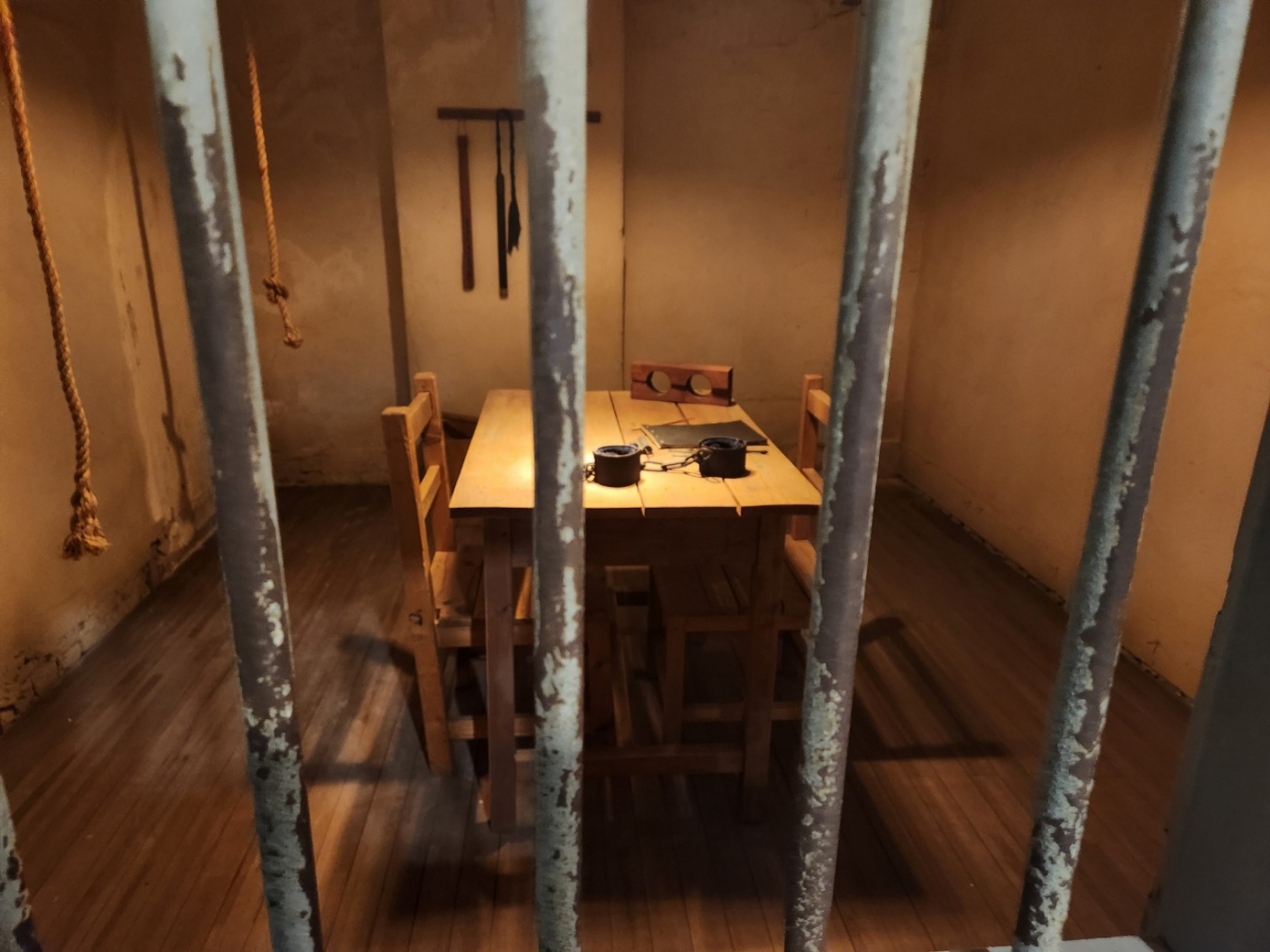
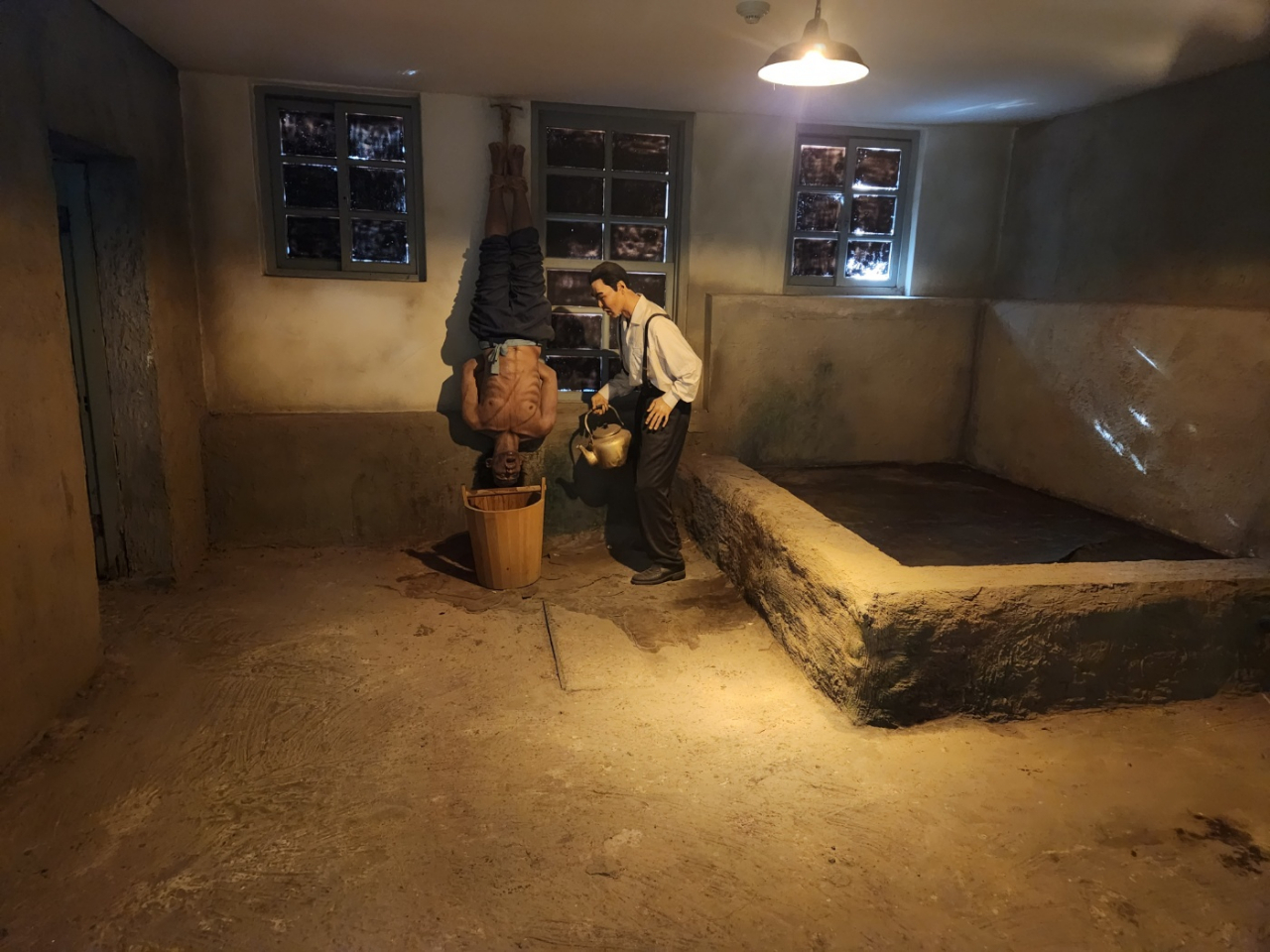
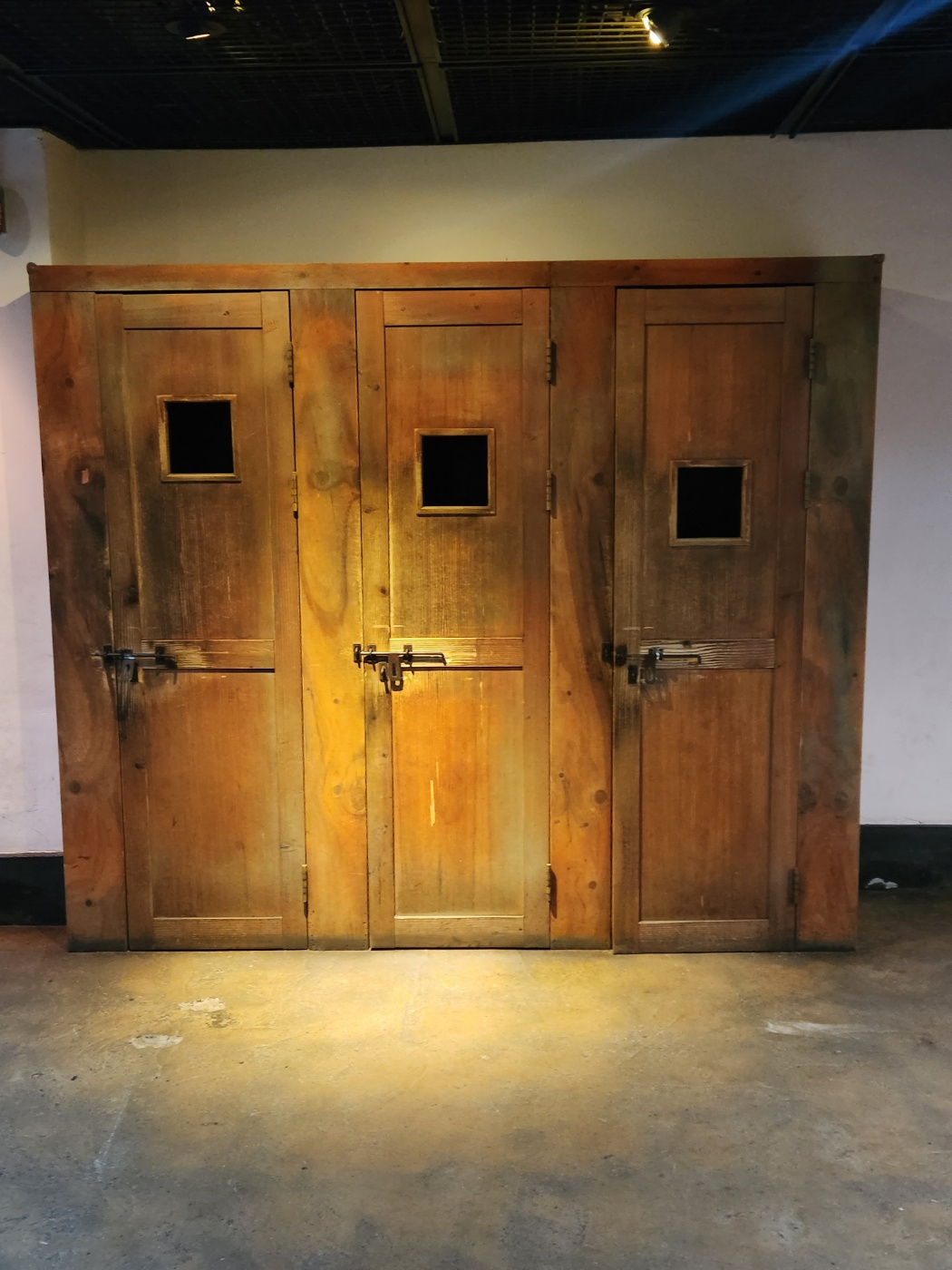
Next on the tour are prison buildings Nos. 9-12, which give a peak at what it would have been like to have been incarcerated behind the stone walls.
Even for those who were not locked up in solitary cells, descriptions about how inmates were jam-packed into regular cells show the severe deprivation of basic human rights.
There were also other facilities at the venue that visitors were not allowed to enter. This included the labor building, an isolation quarters for inmates who contracted leprosy, an outdoor exercise quarters, a workshop, a kitchen, watchtowers and, perhaps the prison’s most chilling feature, the execution building and corpse removal tunnel.
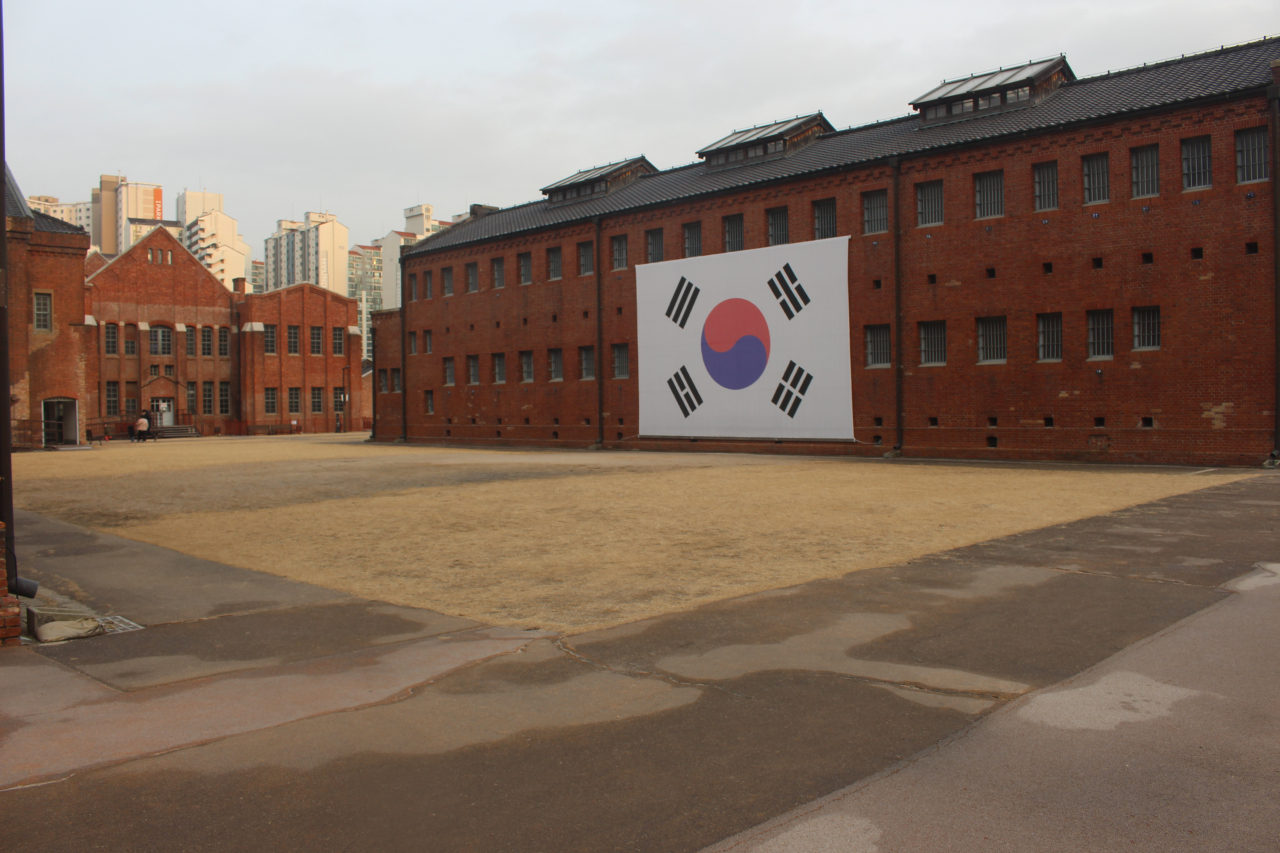
The female prison building that now stands was reconstructed in 2011 in accordance to its original design, and holds relics related to the female freedom fighters along with descriptions of their lives. Included is Ryu Gwan-sun, one of the most famous freedom fighters and a symbol of the 1919 March 1st Movement.
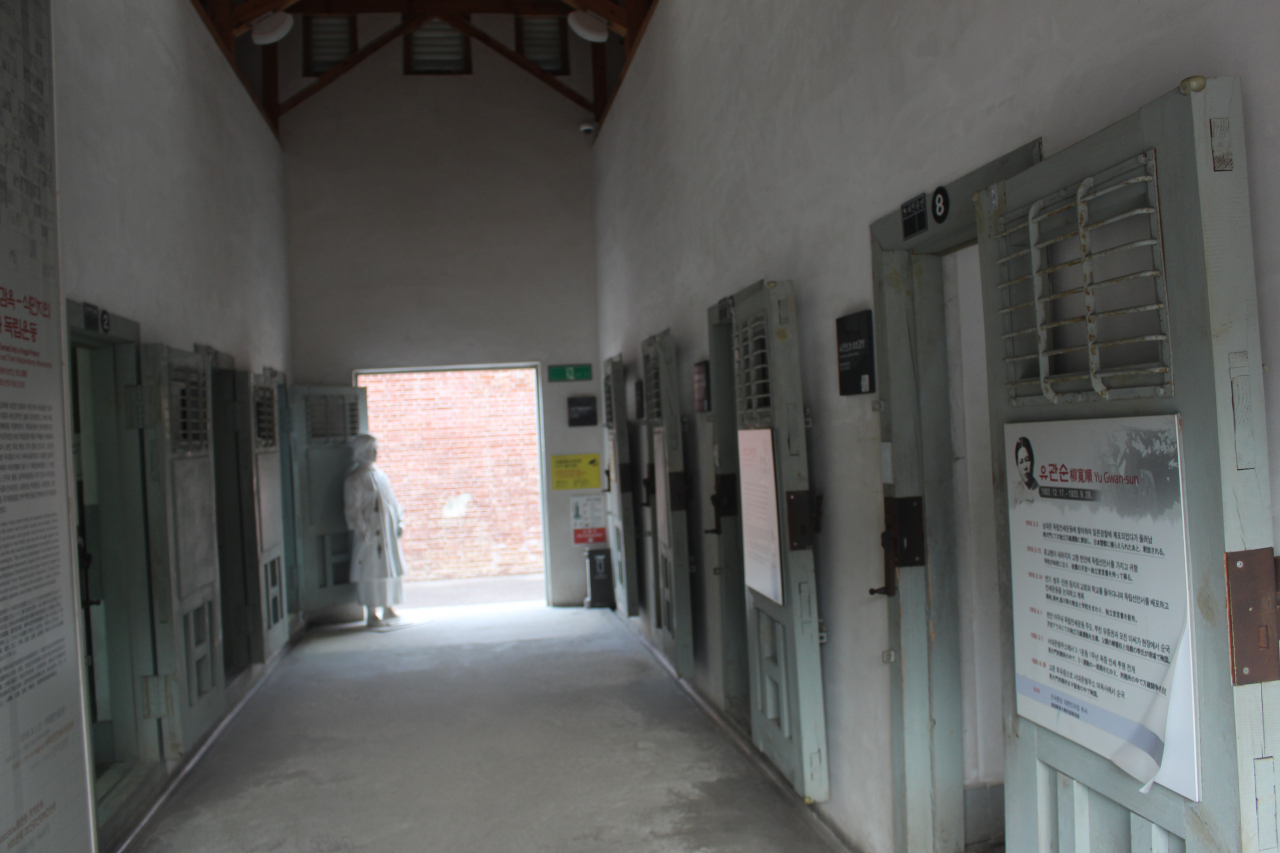
Dark tourism
While not the most pleasant of places to visit, Seodaemun Prison History Hall is certainly one that leaves a lasting impression.
Numbers predating the COVID-19 pandemic show that visitor numbers were consistently on the rise until 2019.
The annual number of visitors went from 529,865 in 2010 to nearly double in 2019 at 1.01 million.
The figure nose-dived to 67,243 as a direct result of the pandemic and accompanying social distancing measures, but rebounded to 108,735 and 390,029 in the respective following years. These are still a far cry from the numbers prior to the pandemic, but officials are expressing optimism that the figure will continue trending upward as the outbreak is nearing its endemic phase across the world.
Although some would frown upon such a sinister side of humanity put on display, a majority of visitors at the hall are parents with their children, hoping to teach the younger generation about the costs paid by their ancestors for the sake of the country.
Park So-yeong, a mother of two in her late 30s, said she hoped her children would learn valuable lessons by seeing the sacrifices made by the freedom fighters.
“Books can only teach so much, so I hoped by bringing them here they would have a chance to see for themselves the value of what we have: freedom,” she said.
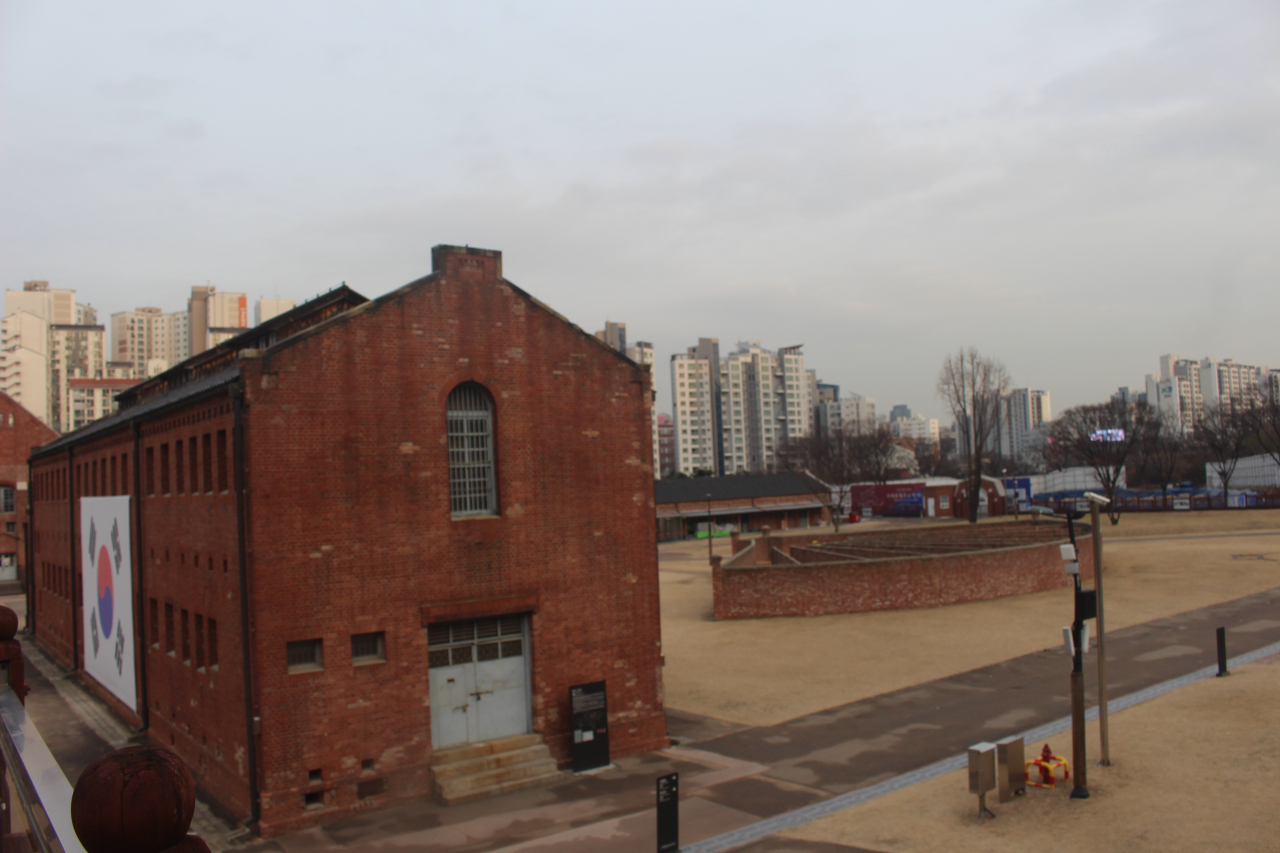



















![[Today’s K-pop] Treasure to publish magazine for debut anniversary](http://res.heraldm.com/phpwas/restmb_idxmake.php?idx=642&simg=/content/image/2024/07/26/20240726050551_0.jpg&u=)